What is the tolerance range of precision screws?
What is the tolerance range of precision screws?
Service Hotline
+86760-8787 8587We have more than ten years of production experience in the screw industry. The main products are: DIN7984 screws, black screws, national standard round nuts and cap nuts, plastic internal and external teeth nuts, washer sets, round head straight thread handle bolts, accessories screw nut sets, type 1 hexagon Nuts, PP polypropylene DIN933 screws, 10.9-grade screws, top blasting screws, metric heavy-duty screws, semi-stainless steel rivets, plum blossom anti-theft screws, grooved nuts and other fasteners, due to different product materials and specifications, the price also varies different, please contact us if necessary.


NPT, PT, G are all pipe threads. NPT is the abbreviation of National (American) Pipe Thread, which belongs to the American standard 60-degree taper pipe thread, which is used in North America. National standards can be found in GB/T12716-1991 PT is the abbreviation of Pipe Thread, which is a 55-degree sealed conical pipe thread, which belongs to the Whitworth thread family and is mostly used in Europe and the Commonwealth of Nations. Commonly used in water and gas pipe industry, the taper is specified as 1:16. The national standard can be found in GB/T7306-2000 G is a 55 degree non-threaded sealing pipe thread, which belongs to the Whitworth thread family. Marked as G stands for cylindrical thread. National standards can be found in GB/T7307-2001 In addition, the 1/4, 1/2, 1/8 marks in the thread refer to the diameter of the pipe, and the unit is inches. People in the industry usually refer to thread size in points, 1 inch equals 8 points, 1/4 inch is 2 points, and so on. G seems to be the general name for pipe threads (Guan), and the division of 55 and 60 degrees is functional, commonly known as pipe circle. That is, the thread is machined from a cylindrical surface. ZG is commonly known as pipe cone, that is, the thread is made of a conical surface. The general water pipe joints are like this. Rc means conical internal thread ZG means taper pipe thread, 3/4 means inch mark, which is 3/4 inch conical pipe Thread, there is in the Hardware Manual. The national standard stipulates that the major diameter of ZG 3/4 thread is 26.44 mm. Please refer to Metric, American and British Thread Standard Manual (Third Edition). Its representation method should be: ZG 3 /4″. Among them (〃) is the representative symbol for inches. One inch is equal to 8 inches. The origin of 3/4 is 6/8=3/4. Commonly known as 6 points. Similarly, the major diameter of ZG 1/2″ thread≈21 mm. Commonly known as 4 points. ZG 1″ thread diameter ≈ 33 mm. Commonly known as 1 inch. ZG 1 1/2″ thread pipe outer diameter ≈ 48 mm. Commonly known as 1 inch and a half. Taper pipe thread is very similar to pipe thread, the difference is Only in the taper. Note that the basic size of the pipe thread and ordinary thread is different. DN is the nominal diameter
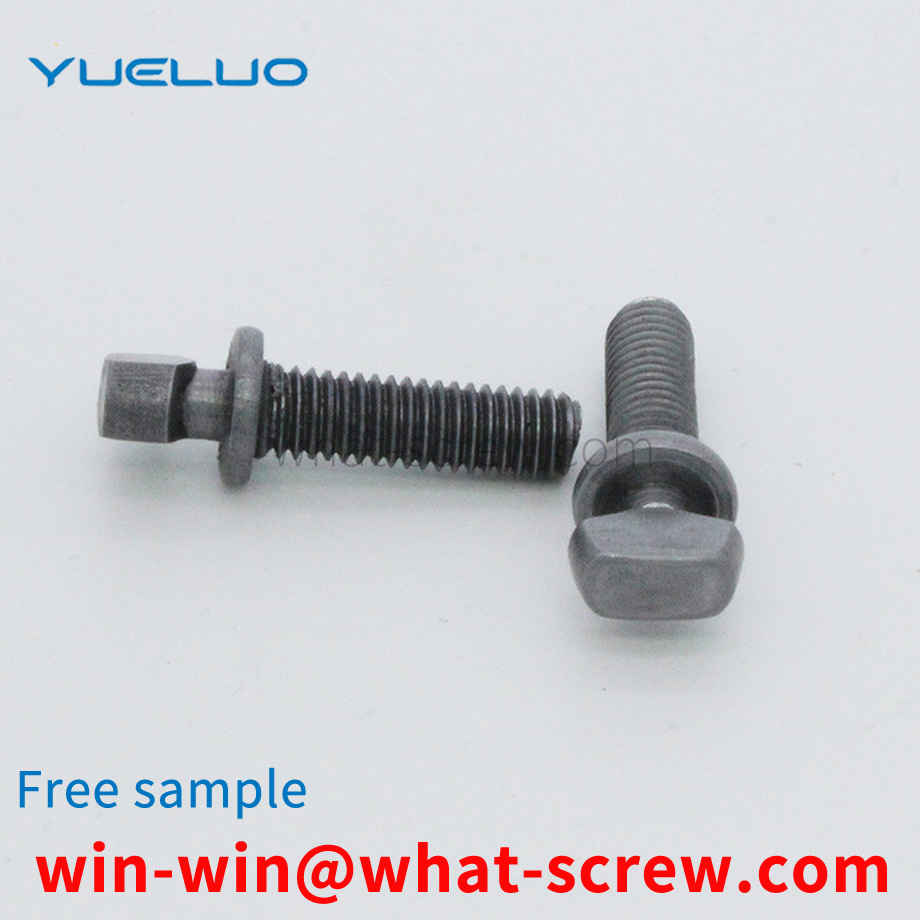
Screws are often used on objects, such as data storage, to support the objects on a bracket. Since the item will vibrate during operation or when subjected to shock, if the shock is not minimized, the item will be damaged. Therefore, some cushioning elements with cushioning properties are applied to the article. The buffer is fixed to the object by the screw. When the object vibrates, the buffer will reduce the vibration, thereby reducing the damage to the object. However, since the buffer is exposed Therefore, when the object is installed or disassembled, the object is moving relative to the bracket, and the friction between the buffer and the bracket will cause the buffer to move. It is very easy to age, thus greatly reducing its service life. SUMMARY OF THE UTILITY MODEL In view of the above, it is necessary to provide a screw combination that can protect a buffer member with buffer performance to improve its service life. A screw combination includes a screw, an elastic retaining ring and a buffer, the screw includes a nut, a threaded portion and a neck formed between the nut and the threaded portion, the retaining ring It is fixed on the neck of the screw, the buffer is sleeved on the screw, and the screw combination further includes a cover set on the screw, and the cover includes a top and a forming part. In the shielding part of the top, the top is located between the nut and the retaining ring, and is blocked by the nut and the retaining ring so as not to be separated from the screw, and the shielding part covers the The retaining ring and the buffer element are slightly exposed from the shielding part. Compared with the prior art, the screw assembly of Guangdong Yueluo Hardware Industry Co., Ltd. protects the buffer by covering the buffer by the shutter, thereby increasing its service life.
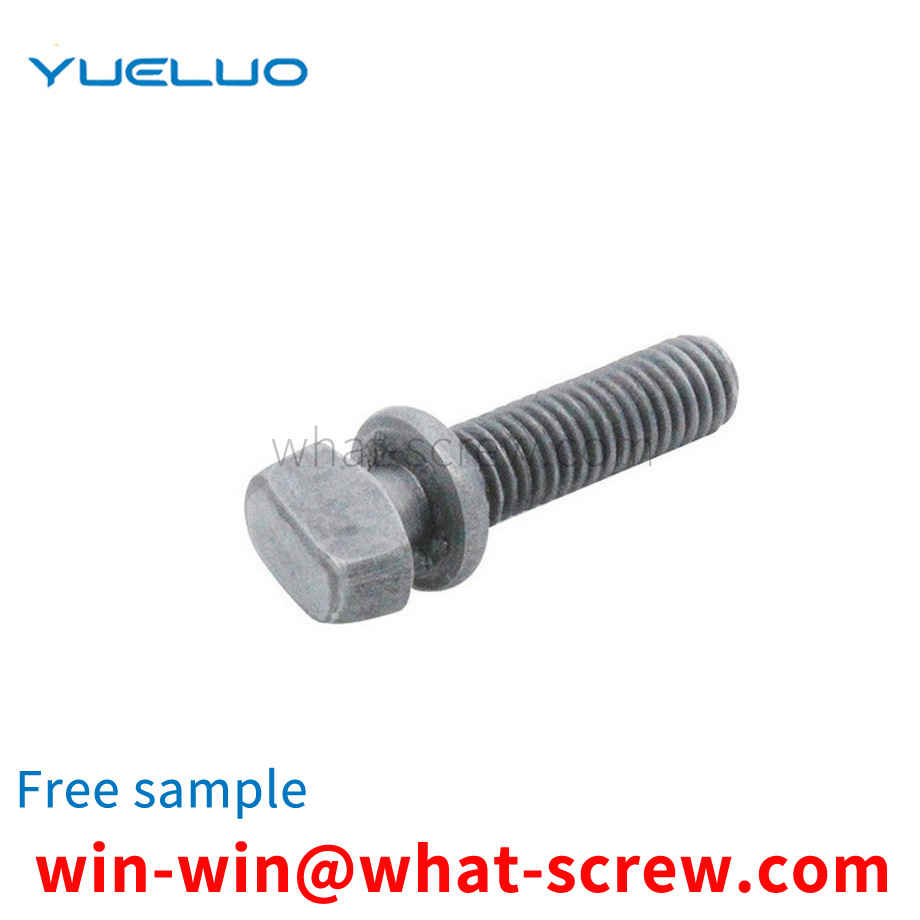
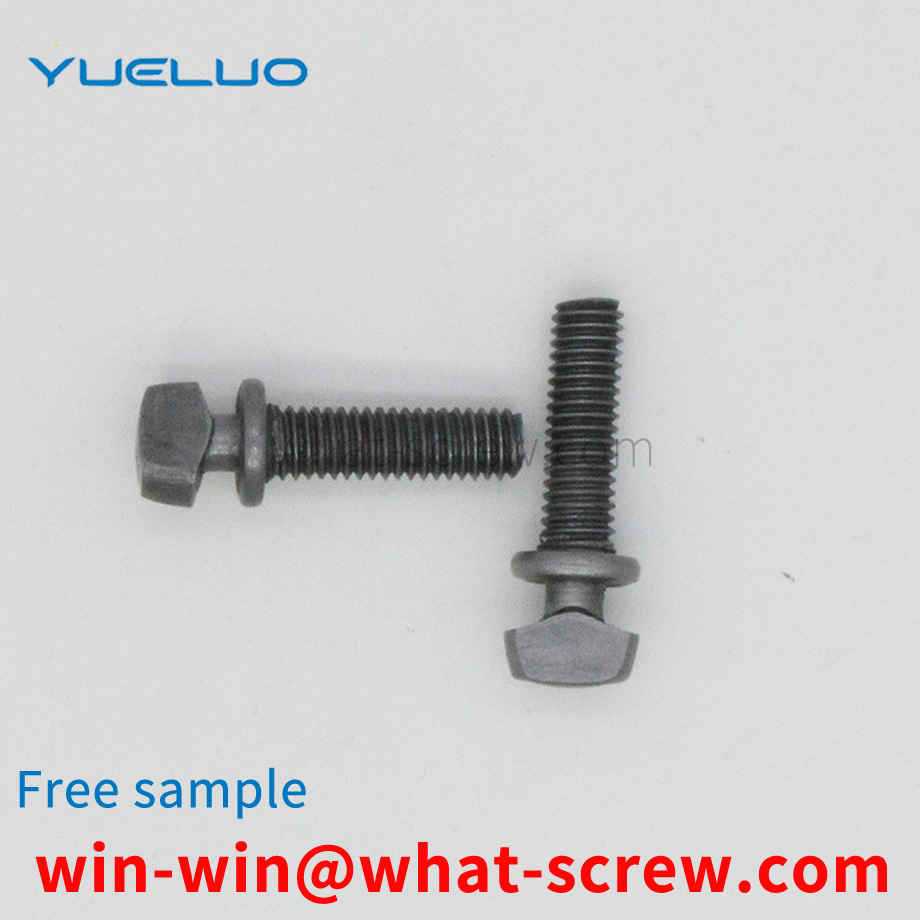
Stainless Steel Nut Nut Self-locking Nut, Lock Nut, Lock Nut, Four-jaw Nut, Screw-in Nut Safety Nut, Thin Rod Screw Connection Nut, Self-locking Hexagonal Cap Nut, Special Ground Screw Nut, Hexagonal Crown Thin Nut , Lifting ring nut. [1] Fine pitch all-metal hexagonal flange face locking nut, all-metal hexagonal flange face locking nut, fine pitch non-metallic insert hexagonal flange face locking nut, fine pitch hexagonal flange face nut welding square nut, Welded Hex Nuts, Snap Nuts, Insert Round Nuts
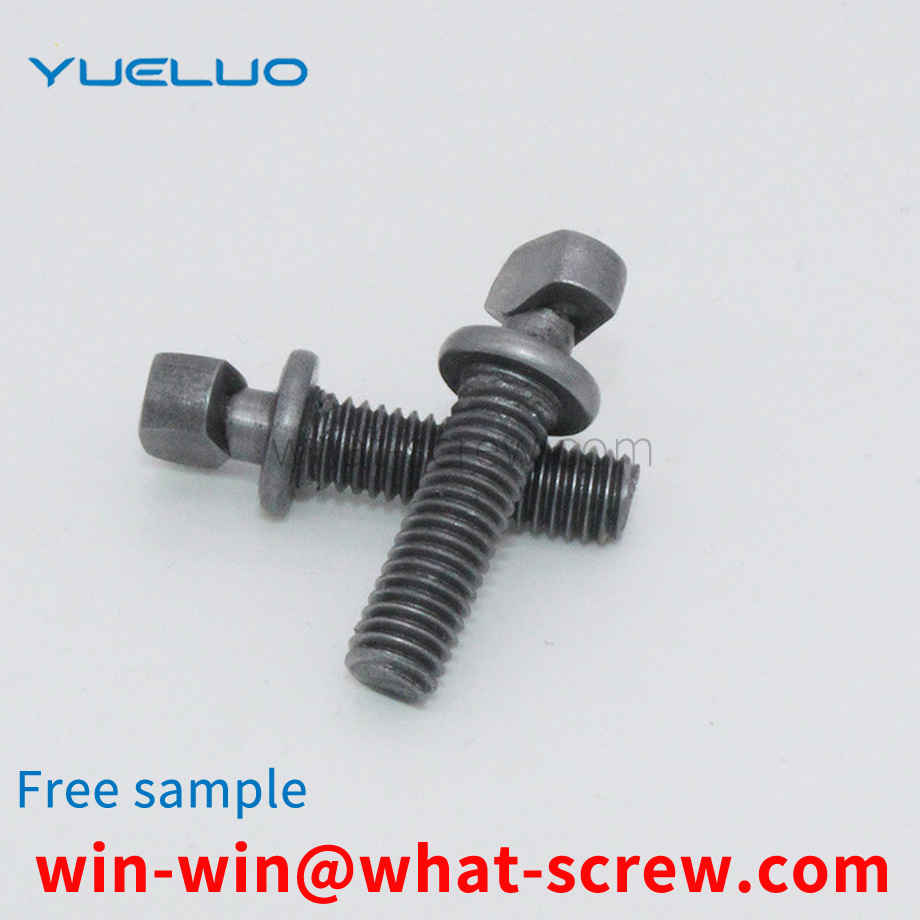
In the prior art, the earliest rivets were small pegs made of wood or bone, and the earliest metal deformations were probably the ancestors of the rivets we know today. Without a doubt, they are the oldest known method of metal joining, dating back as far as the earliest use of malleable metals, for example: the Bronze Age Egyptians used rivets to attach six wooden sectors to the outer lines of a slotted wheel Riveted and fastened together. After the Greeks successfully cast large statues in bronze, they then used rivets to rive the parts together. With the progress of the times, there are more and more types of rivets, but traditional rivets have connection strength. Insufficient problem, so a new rivet is needed to solve the above problem.
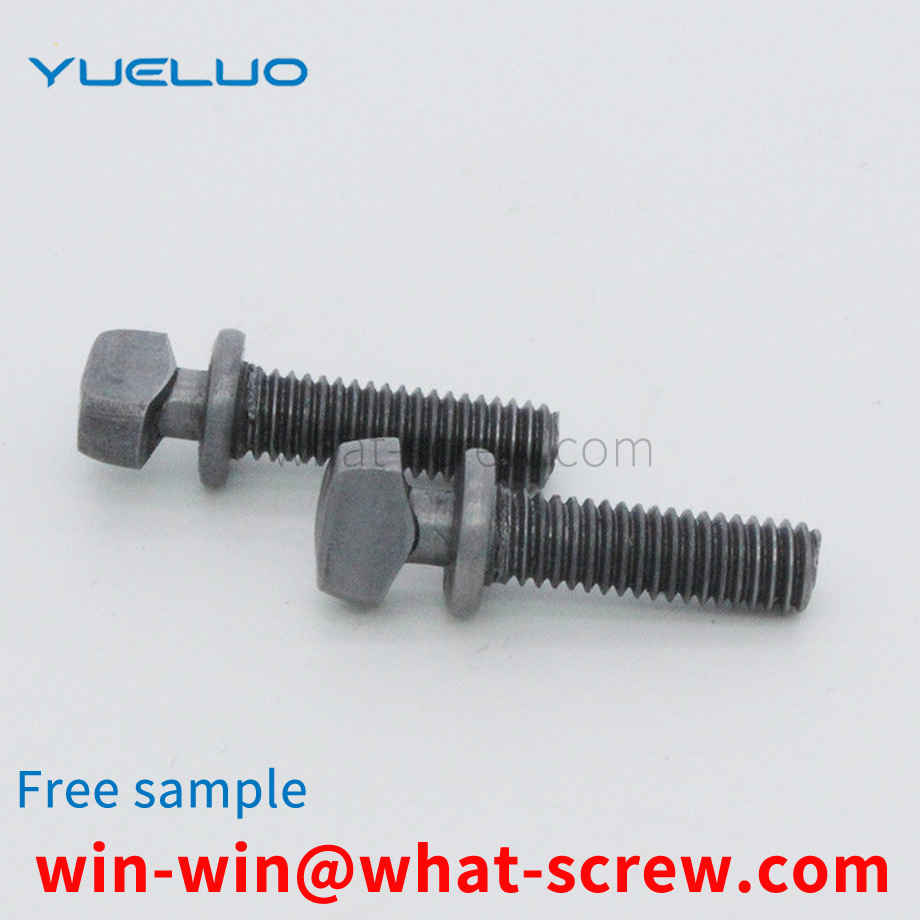
The above content is uploaded by Yueluo or the Internet. If there is any copyright issue, please contact [email protected].

What is the tolerance range of precision screws?

How to choose the right stainless steel screw manufacturer?

Why is there an R angle under the head of the hexagon head s...

We have more than ten years of production experience in the ...

We have more than ten years of experience in the production ...

We have more than ten years of experience in the production ...

We have more than ten years of experience in screw industry ...